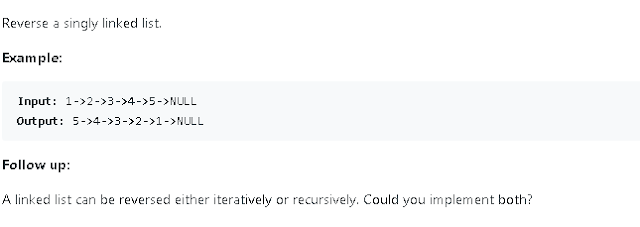1-1. [3] Show that a + b can be less than min(a, b). a = -2 , b = -3 1-2. [3] Show that a × b can be less than min(a, b). a = -2, b = 3 1-3. [5] Design/draw a road network with two points a and b such that the fastest route between a and b is not the shortest route. a ----------- c ----------- b \ / \--------- d ---------- / a->c->b 只要三十分鐘。距離比較遠。 a->d->b 比較近,但因為塞車,花35分。 1-5. [4] The knapsack problem is as follows: given a set of integers S = {s1, s2, . . . , sn}, and a target number T, find a subset of S which adds up exactly to T. For example, there exists a subset within S = {1, 2, 5, 9, 10} that adds up to T = 22 but not T = 23. Find counterexamples to each of the following algorithms for the knapsack problem. That is, giving an S and T such that the subset is selected using the algorithm does not leave the knapsack completely full, even though such a solution exists. (a) Put the elements of S in the knapsack in left to r...

